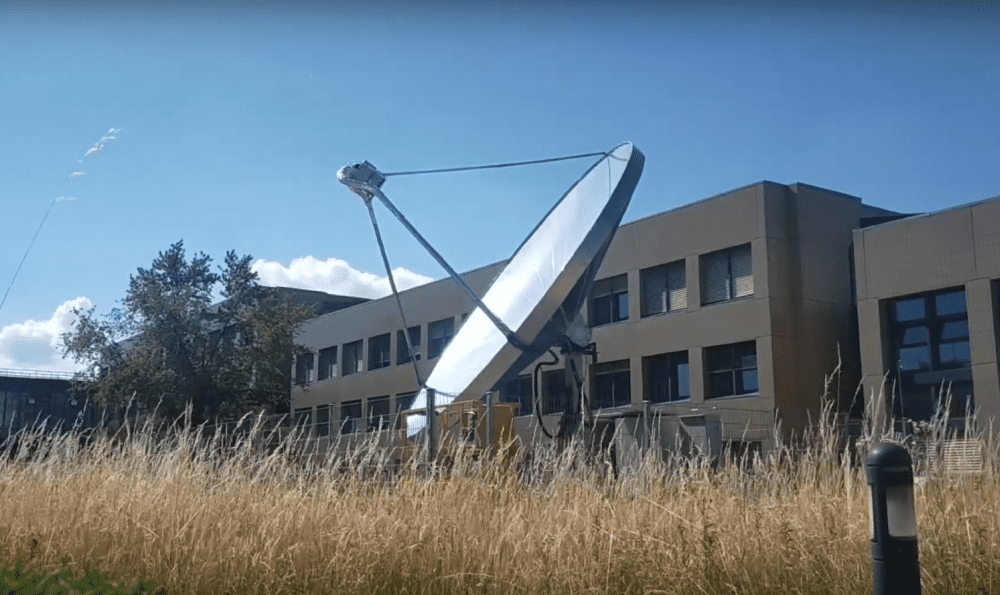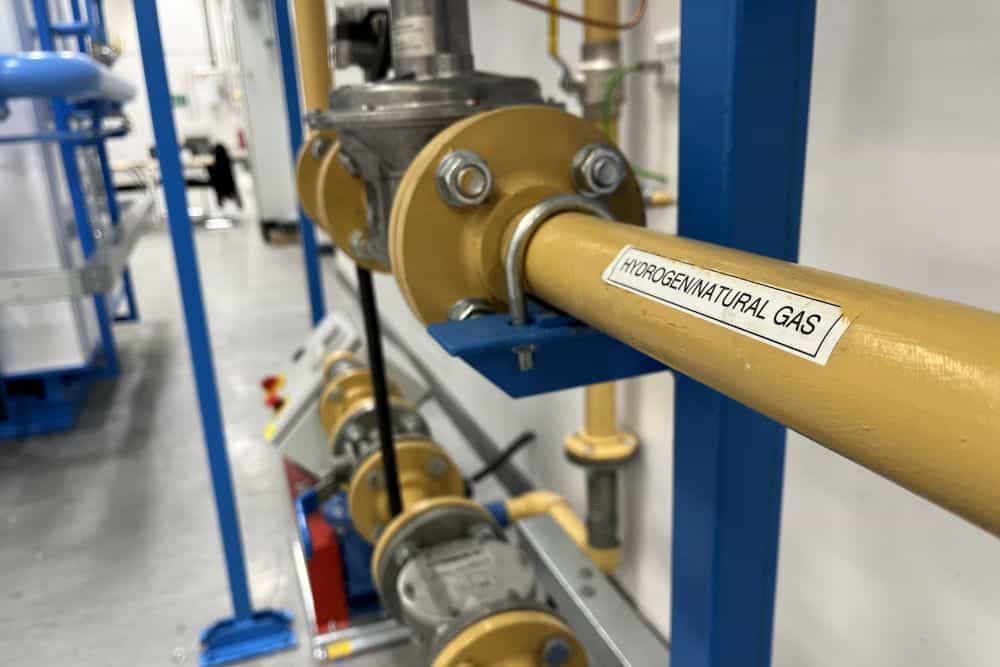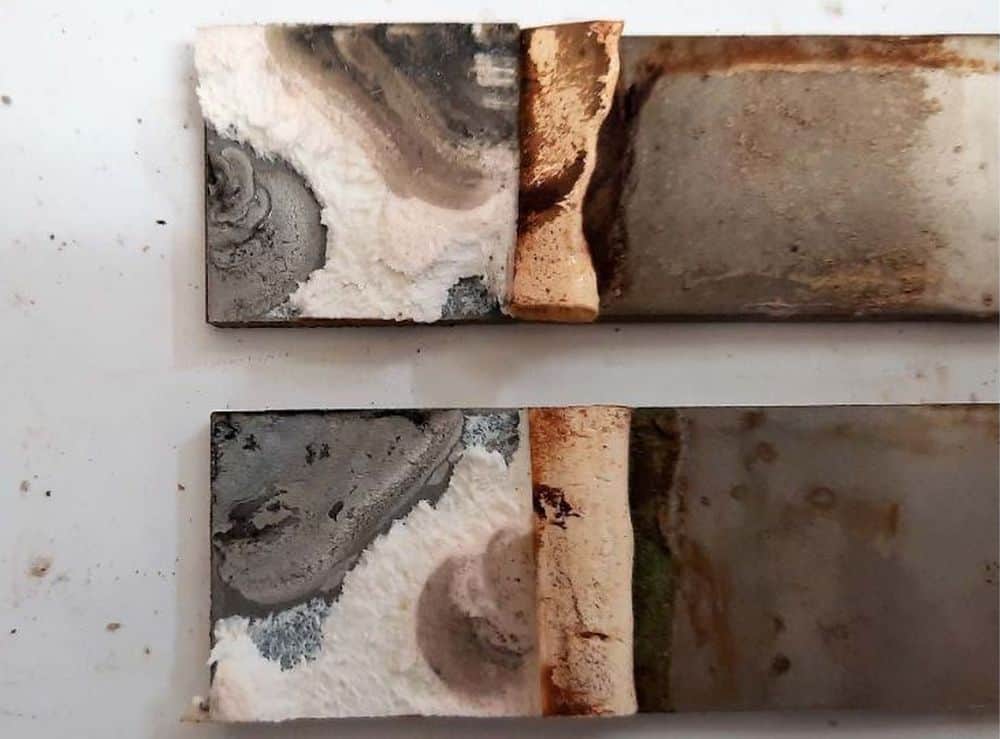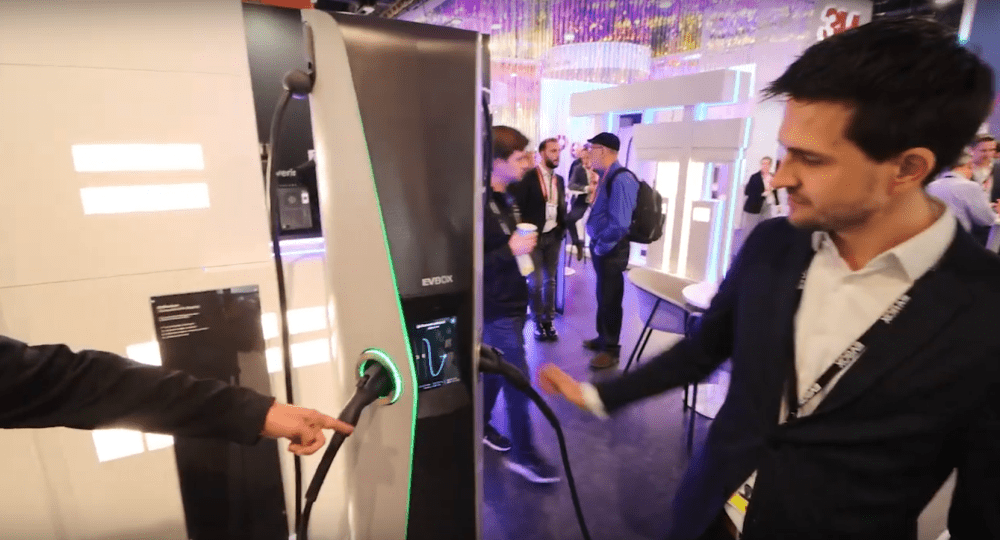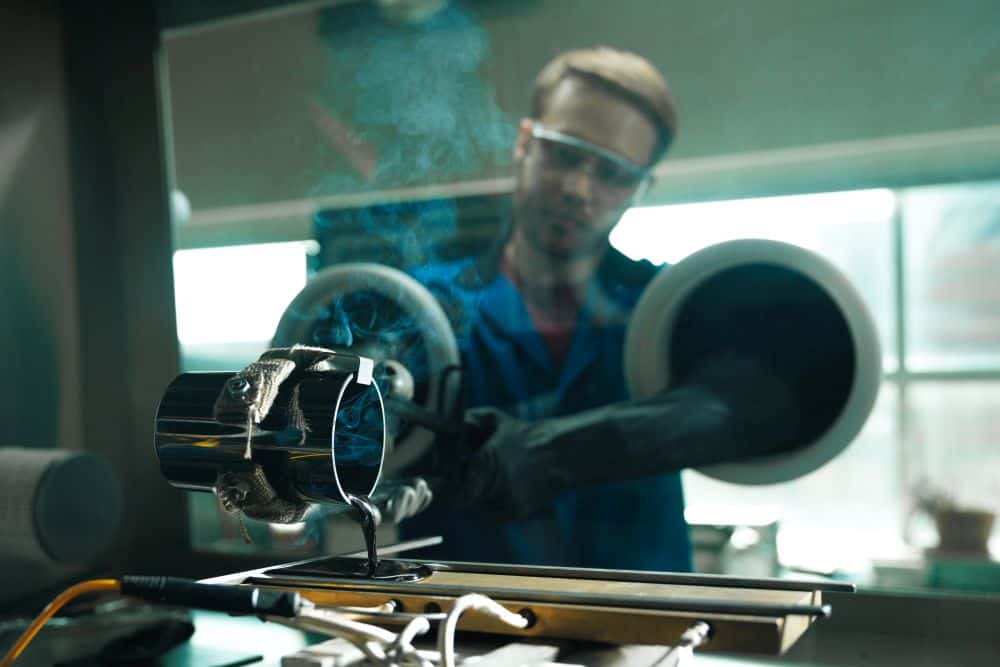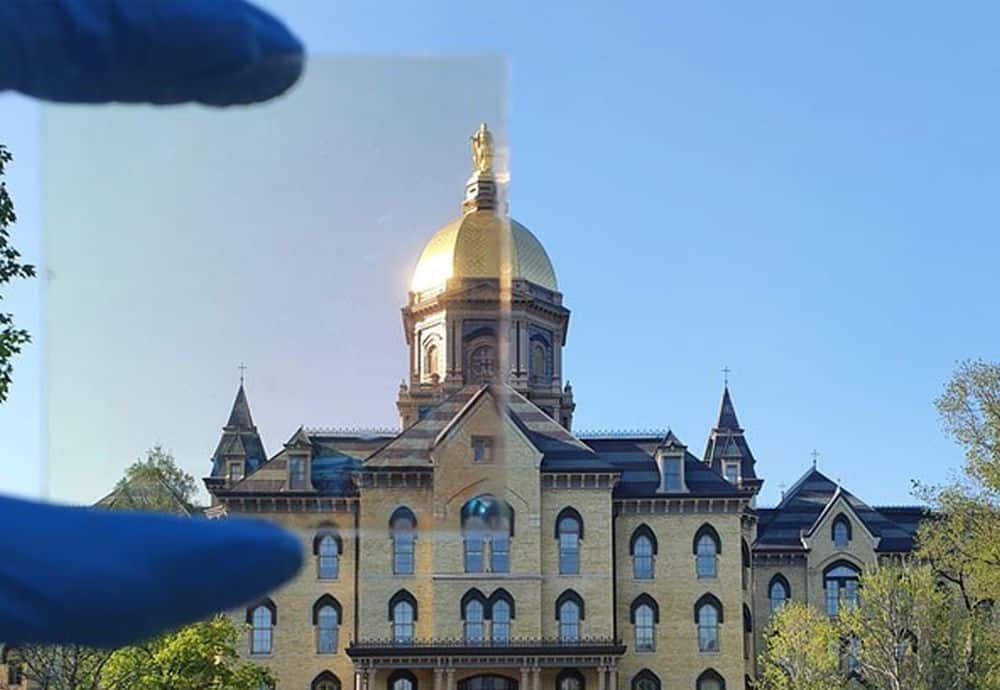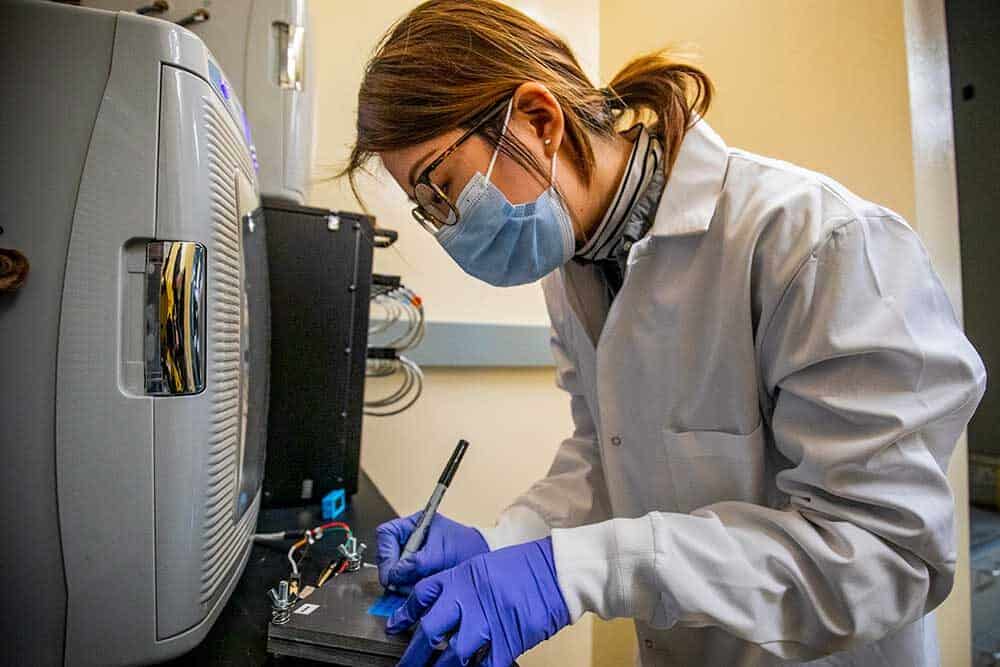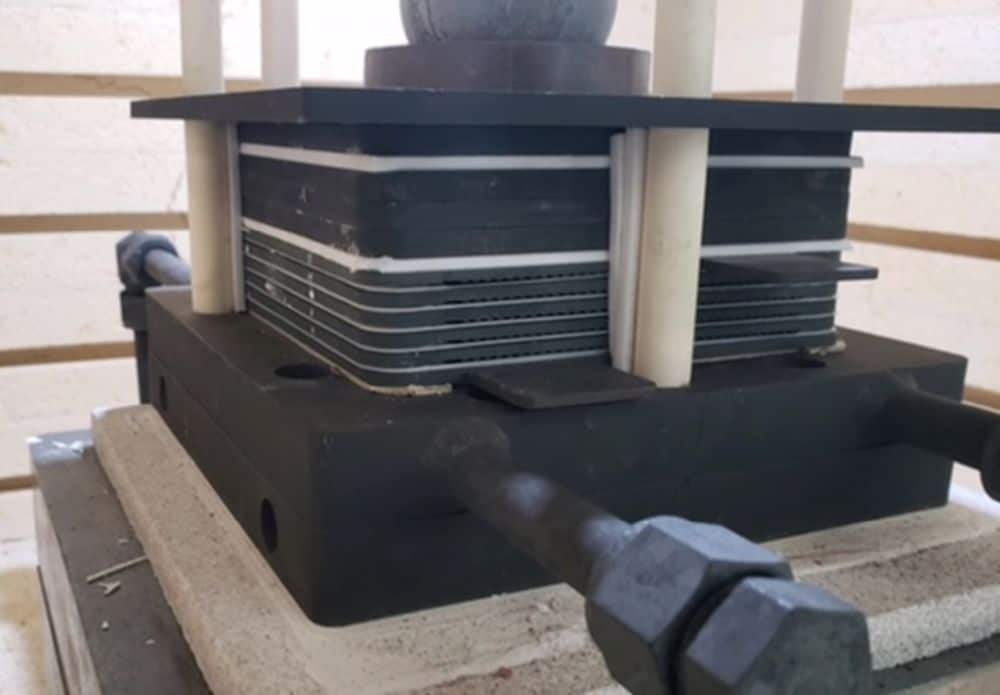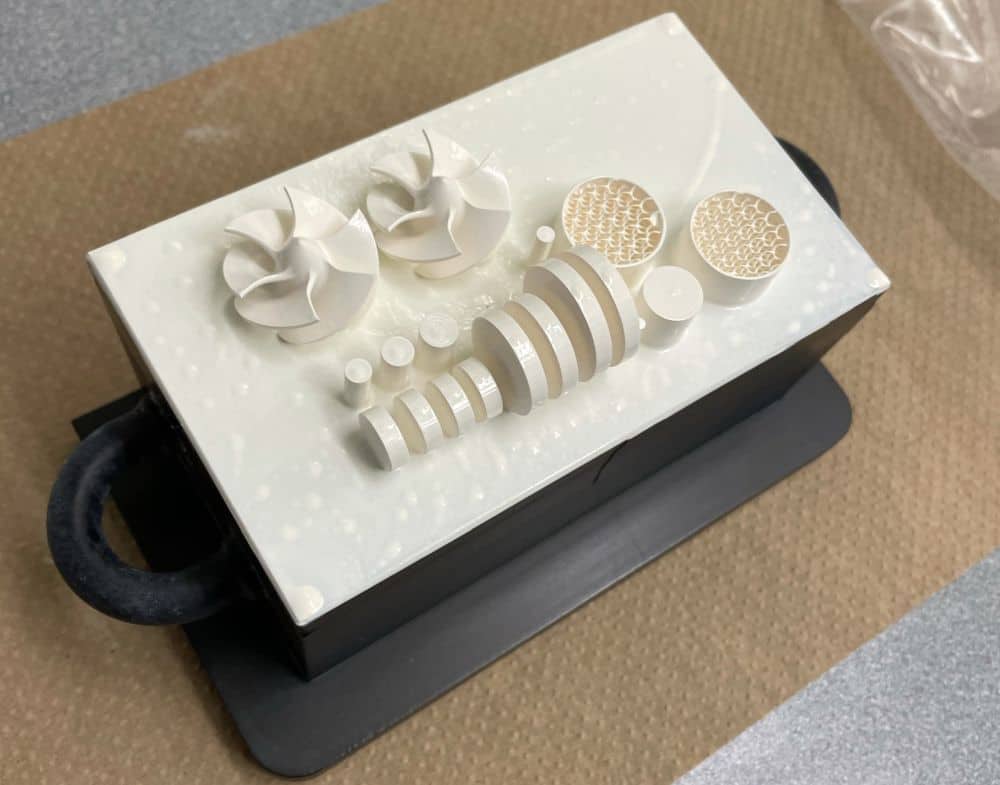Producing hydrogen through water electrolysis is not yet financially viable due to challenges with scaling up the process. A concentrated solar power system developed by Swiss startup SoHHytec succeeded in cracking the 1-kW ceiling for the production of solar hydrogen.
Read MoreThe April 2023 issue of the ACerS Bulletin—featuring the hydrogen market and industrial uses—is now available online. Plus—new C&GM.
Read MoreAs marine energy technologies mature, there is a risk that companies will learn the hard way that their devices will not last long in salt water. A new multiyear study provides much-needed data on the benefits and pitfalls of about 300 different specimens built from materials commonly used in marine energy devices.
Read MoreDuring CES 2023, which took place January 5–8 at the Las Vegas Convention Center, numerous companies showcased their electric vehicle charging innovations. Today’s CTT highlights several key announcements made during the show.
Read MoreThe January/February 2023 issue of the ACerS Bulletin—featuring a look at some future battery technologies—is now available online. Plus—optical-grade ceramics and IYOG conclusion.
Read MorePassive radiative cooling systems typically are implemented by applying special coatings to the walls or roof of a building. But windows play a significant role in heat transfer too. University of Notre Dame researchers used a quantum computing-assisted active learning scheme to develop a new high-performance transparent radiative cooling coating for windows.
Read MoreSilicon waste is a major byproduct from solar cell production. A group of researchers from Northeastern University (Shenyang, China) have published several papers exploring how, through nitridation, this waste can be converted into high-value silicon nitride.
Read MoreThe newly announced Mechanochemical Understanding of Solid Ion Conductors (MUSIC) research center will see the University of Michigan and eight partner institutions explore the use of ceramic ion conductors as replacements for traditional liquid electrolytes. Learn where research on solid-state batteries currently stands.
Read MoreMass and volume limitations make it challenging to load a spacecraft with all the equipment needed for a mission. An effort led by the Air Force Research Laboratory is developing a solid oxide fuel cell that converts chemical energy in a spacecraft’s bipropellant into electricity, thereby allowing an existing spacecraft component to be used as an auxiliary power supply.
Read MoreThe September 2022 issue of the ACerS Bulletin—featuring additive manufacturing for energy applications—is now available online. Plus—ACerS Awards of 2022 and new C&GM.
Read More
